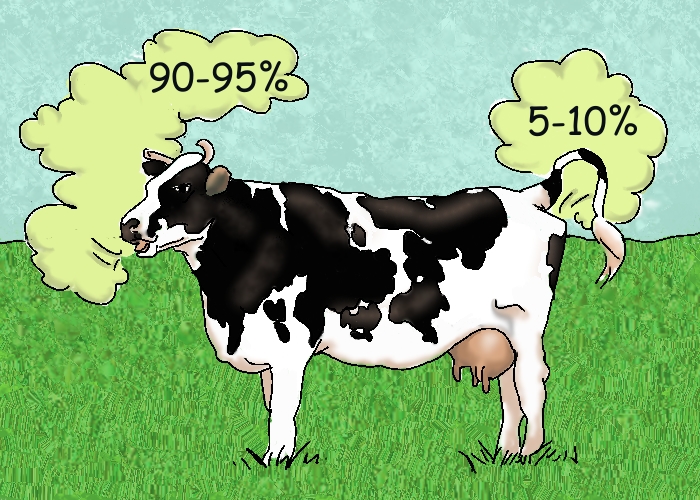By Justin Gillis, The New York Times, March 30, 2015
 |
| Aspen forest in autumn |
The beloved aspen forests that shimmer across mountainsides of the American West could be doomed if emissions of greenhouse gases continue at a high level, scientists warned on Monday. That finding adds to a growing body of work suggesting forests worldwide may be imperiled by climate change.
The new paper analyzed the drought and heat that killed millions of aspens in Colorado and nearby states a decade ago. Such conditions could become routine across much of the West by the 2050s unless global emissions are brought under control, the study found.
“I think of aspens as a good canary-in-the-coal-mine tree,” said William R. L. Anderegg, the Princeton University researcher who led the new study, released online Monday by the journal Nature Geoscience. “They’re a wet-loving tree in a dry landscape. They may be showing us how these forests are going to change pretty massively as that landscape gets drier still.”
The study found that large aspen die-offs were a near-certainty only if greenhouse emissions were to continue at the runaway pace that has characterized the last decade. If global emissions are brought under control, the chances will improve that large stands of aspens could be preserved, the paper found.
In the fall, stands of trembling aspens are among the most breathtaking sights in the West, turning hillsides an iridescent golden hue.
Dr. Anderegg grew up camping and hiking in the aspen forests of southwestern Colorado and was dismayed when the trees started dying a decade ago. He has devoted part of his early scientific career to understanding the dieback — and the implications of it for forests elsewhere.
A central focus of the research has been to get a better handle on exactly how trees die in droughts, crucial for predicting how they will fare as global warming proceeds. Dr. Anderegg’s research on aspens suggests that when the ground gets too dry, air bubbles appear in the tiny tubes that carry water through the tree.
“These air bubbles block the pipes and interrupt water transport, giving the tree a kind of heart attack, basically,” Dr. Anderegg said.
He and his collaborators have devised a computer model that, when programmed with climate parameters, can predict aspen mortality with about 75 percent accuracy, and they are working to improve it. Applying their model to the rainfall and temperature conditions expected in coming decades as the climate warms under business-as-usual emissions yielded the prediction of a major aspen die-off.
Depending on exactly how dry the soil gets in the hotter climate, the mortality could extend beyond the West, with aspens — and perhaps many other types of trees — dying across the country, Dr. Anderegg said.
At a global scale, forests have been responding to the rising concentration of carbon dioxide in the atmosphere with accelerated growth, allowing them to pull large amounts of the gas out of the air and thus helping to limit the effects of human emissions. How robust this forest “carbon sink” will remain through time is among the most important topics in climate science.
Dr. Anderegg’s paper fits with other recent findings suggesting that forests may not be as resilient to global warming as once hoped. For instance, a paper published two weeks ago found that the ability of the vast Amazon forest to pull carbon dioxide out of the air was weakening through time, with trees growing faster and dying earlier.
Craig D. Allen, a forest expert with the United States Geological Survey who was not involved in the new research, said Dr. Anderegg’s work was a step toward understanding what might happen across broad landscapes.
But, he warned, a huge amount of work is still needed on other tree types, in other locales, before the picture becomes clear. “There’s just a lot of variability between species,” Dr. Allen said. He noted that aspens have relatively shallow roots, limiting their ability to tap deep water in a drought, whereas other trees could be more resilient.
Forest experts, including Dr. Allen, are particularly worried about future “hot droughts,” similar to the one that struck Colorado and nearby states in the early 2000s. Huge stands of aspens died, and heat-loving beetles killed millions of acres of pine trees.
These droughts are characterized not just by a lack of rainfall but by high temperatures that suck residual moisture out of the soil. They are predicted to increase in a warming climate.
In addition to killing forests, these types of droughts may make food production more difficult, as is becoming evident in California, which is suffering through the fourth year of an especially warm drought.
The frequency and intensity of such lethal droughts later this century will most likely be reduced if efforts to control carbon dioxide emissions are successful over the next few decades, scientists believe.
“The more we lower emissions, the less the risks become,” Dr. Anderegg said. “The choice is in our hands.”




